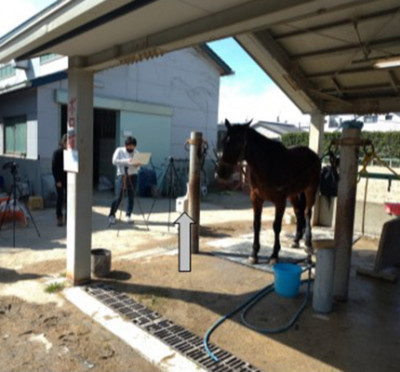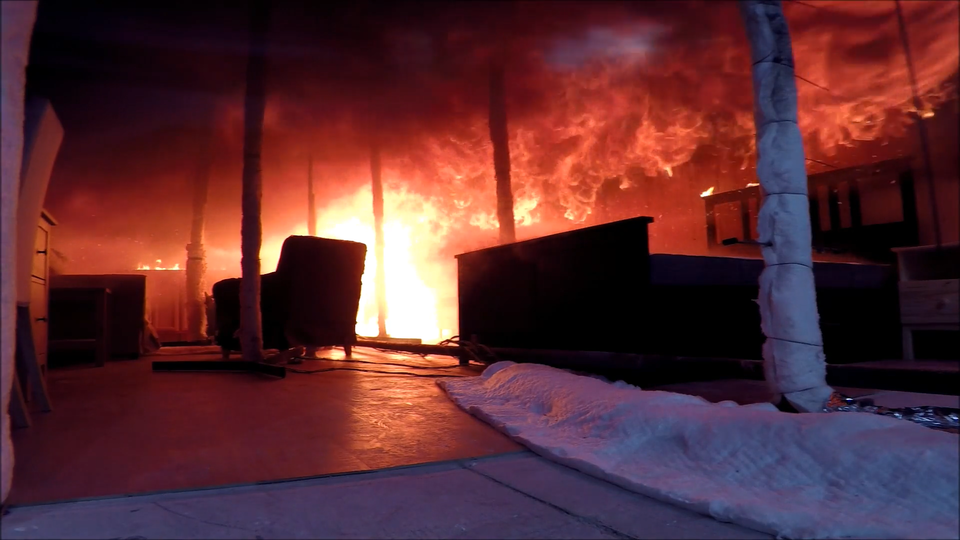2022-08-10 アメリカ・ローレンスリバモア国立研究所(LLNL)
今回の研究では、アドジョイント波形トモグラフィ(AWT)を用いて、米国西部の地球上部400kmの3次元地震構造モデルを新たに作成しました。このモデルは、計算量の多い波形インバージョン処理によって作成され、観測された地震計との一致度を高めるために地下のモデルを更新します。モデル内の特徴を三角測量するために、AWTはデータ量が多く、対象地域を横切る多くの地震計が必要です。
チームは,LLNL のスーパーコンピュータで 60,000 以上の HPC シミュレーションを用いて,72 の地震について 256 回のモデル反復を行い,10 万近い地震計を当てはめることに成功しました.
研究者達は、地震構造が、圧縮・せん断地震波の速度と密度の3次元的な変化で構成されており、水平・垂直偏波の速度は異なることを発見しました。
<関連情報>
- https://www.llnl.gov/news/going-deep-new-ground-motion-model-more-accurately-simulates-earthquakes-explosions
- https://agupubs.onlinelibrary.wiley.com/doi/10.1029/2022JB024549
WUS256 米国西部の地殻と上部マントルのアドジョイント波形トモグラフィ・モデルによる波形シミュレーションの高度化 WUS256: An Adjoint Waveform Tomography Model of the Crust and Upper Mantle of the Western United States for Improved Waveform Simulations
A. Rodgers,L. Krischer,M. Afanasiev,C. Boehm,C. Doody,A. Chiang,N. Simmons
Journal of Geophysical Research Published: 07 July 2022
DOI:https://doi.org/10.1029/2022JB024549

Abstract
We report a new model (WUS256) of radially anisotropic seismic wavespeeds of the crust and upper mantle of the western United States (WUS) obtained from adjoint waveform tomography for the purpose of improving synthetic waveform fits to observed data. WUS256 is based on inversion of over 94,000 waveforms from 72 earthquakes recorded by nearly 3,400 stations. We started with the SPiRaL global model (Simmons et al., 2021, https://doi.org/10.1093/gji/ggab277) and waveforms in the period band of 50–120 s. We followed a conservative multiscale inversion approach with eight stages and 256 total inversion iterations which enabled monotonic misfit reduction to 20-s minimum-period waves. WUS256 relied on time-frequency (TF) phase misfits and a trust region limited memory Broyden–Fletcher–Goldfarb–Shanno (L-BFGS) optimization. Hessian-vector products were used to qualitatively assess model resolution. Results indicate that WUS256 has good coverage of the continental regions to depths of about 150 km and is able to resolve features on lateral scales of about 200 km. We quantify waveform fits by the reduction in TF and normalized amplitude difference misfits between WUS256 and the SPiRaL starting model. WUS256 significantly improves waveform fits with misfit reduction≧64% for both inversion and validation data sets compared to the SPiRaL starting model and shows even better fits compared to other models. Waveform fits illustrate that WUS256 reproduces body-waves, fundamental mode surface waves as well as late arriving dispersed and/or scattered short period surface waves. The improvement in waveform fit indicates that WUS256 can be used to reproduce path effects on regional complete waveforms and moment tensor inversions.
Key Points
- We report a new model of crustal and upper mantle seismic structure of the western United States (WUS) from adjoint waveform tomography
- The model (WUS256) is based on a conservative trust-region limited memory Broyden–Fletcher–Goldfarb–Shanno (L-BFGS) approach with many more iterations (256) than previous studies
- WUS256 provides significantly improved waveform fits in the period band 20-120 seconds relative to the starting and several other models
Plain Language Summary
Seismic tomography is a method to infer the inaccessible three-dimensional (3D) seismic material properties of the Earth, specifically the speeds of compressional and shear waves-related compositional and temperature variations. It provides images of 3D structure that relate to plate tectonic processes as well as models to better represent seismic wave propagation through complex Earth structure. We report a new model of the 3D seismic structure for the upper 400 km of the Earth in the western United States (WUS). The model is obtained by a computationally intensive waveform inversion process that iteratively updates the sub-surface model to improve the match to observed seismograms. High-performance computing was used to run 256 model iterations for 72 earthquakes to fit nearly 100,000 seismograms. While other models of the WUS exist, this model is unique in that it is based on many more inversion iterations than previous models and provides much better fits to recorded seismograms. This model can be used to more accurately represent the effects of wave propagation through the Earth and enable more accurate estimates of seismic sources by accounting for wave propagation effects.



